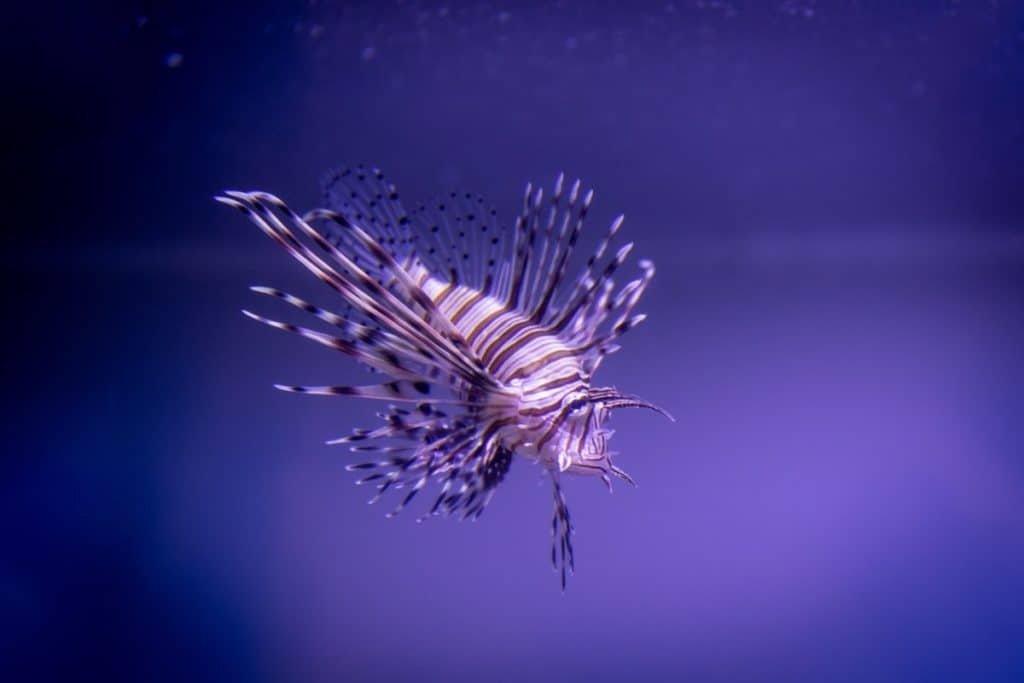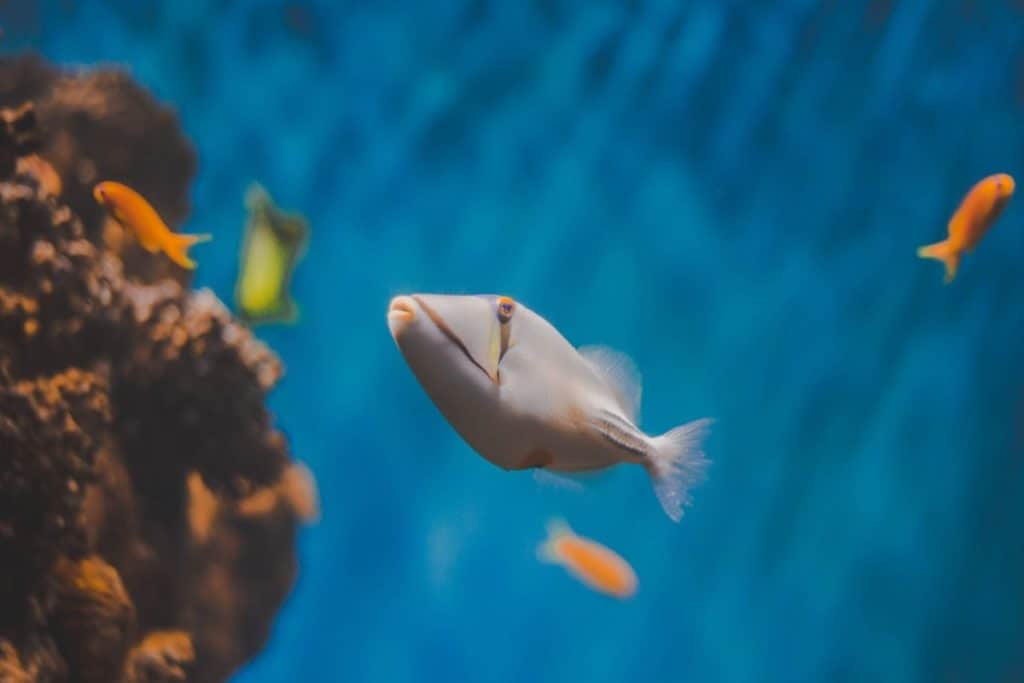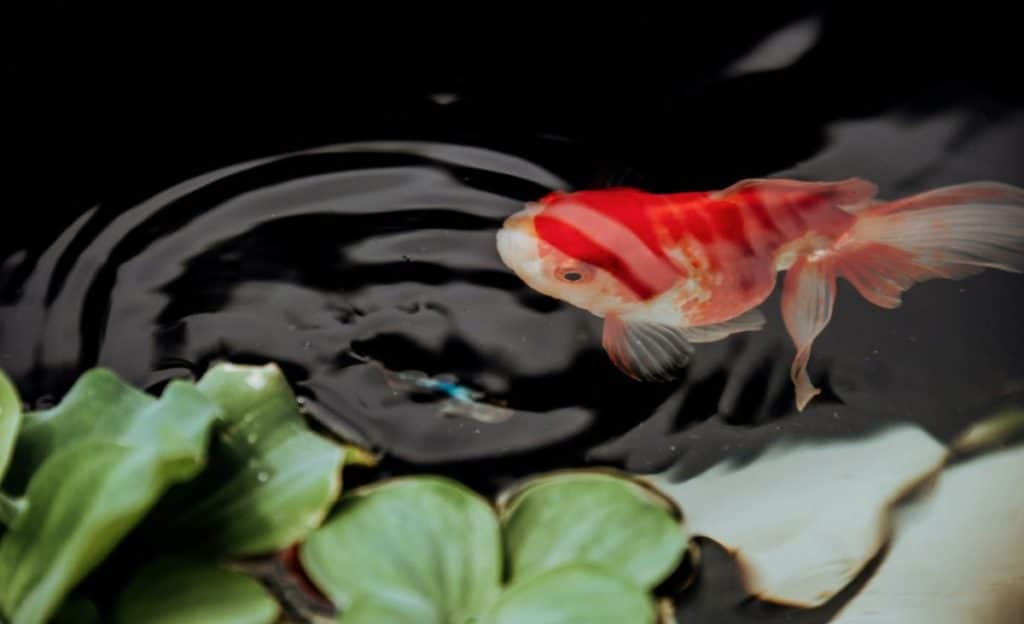
If you were interested in finding out whether fish can be classified as reptiles or amphibians then you’ve come to the right article.
As, in this article, you’ll find the exact answer to this question and I’ll also cover a few more closely related questions after answering the main question to extend your knowledge even more.
I hope you learn a lot from this one!
Are fish reptiles or amphibians?
Animals are classified into what we call classes, and amphibians and reptiles are both examples of such classes.
While fish are vertebrates, meaning they have a spinal cord and vertebral column, they are neither amphibians nor reptiles, but other forms of vertebrates, rather, they belong to one of the following animal classes named “Chondrichthyes“, “Osteichthyes“, or “Agnatha“.
This is because fish lack the characteristics that would dictate their inclusion in the other classes, including amphibians and reptiles.
Why are fish not reptiles?
Among other defining characteristics, reptiles have “terrestrial eggs”, or eggs that are laid and hatched on land or develop within the mother’s body and are then birthed.
While some reptiles are aquatic, even these species return to land to either lay their eggs or give birth.
Fish, instead, always lay their eggs in water.
Moreover, fish have fins, which provide locomotion in the water, whereas reptiles either have legs or they evolved from earlier species that had legs, as in the case of snakes.
Finally, reptiles, even those which are aquatic, breathe using lungs, whereas fish use gills.
If you want to learn more about the characteristics of fish then you should check out the video below.
Are all fish species not reptiles?
Fish and reptiles are distinct biological classes, so no fish is a reptile and no reptile is a fish.
While both reptiles and fish are members of the broader phylum Chordata, fish have gills to breathe and fins that provide them with the ability to move.
Reptiles, instead, do not contain these characteristics.
Why are fish not amphibians?
Some of the individual characteristics associated with fish, such as having gills, living in water, and having fins, are shared by specific species that are members of other animal classes.
Only fish, however, possess all of these characteristics.
While some amphibians have gills, especially when young, mature amphibians characteristically breathe through cutaneous respiration (exchanging gasses through their skin) and the use of lungs.
Fish, on the other hand, won’t ever develop lungs throughout their lives and they also won’t be able to breathe through their skin.

What are the differences between fish and reptiles?
While both reptiles and fish are members of the broader phylum Chordata, fish have gills to breathe and fins that provide them with the ability to move.
Reptiles, instead, do not as they have lungs and limbs.
Moreover, fish live entirely in water.
Whilst reptiles can live in aquatic environments and also on land environments.
Finally, there are differences in where reptiles and fish are born.
While some reptiles lay eggs, as do fish, reptilian eggs are laid on land, not in the water.
Also, many reptiles do not lay eggs at all, they instead, engage in live birth which only happens in about 2% of the fish species.
What are the differences between fish and amphibians?
The word “amphibian” means “double life”, and it refers to the fact that amphibians begin their lives as aquatic and then engage in a metamorphosis that allows them to live on land.
While some amphibians have gills, especially when young, mature amphibians characteristically breathe through cutaneous respiration (exchanging gasses through their skin) and through the use of their lungs.
Fish, instead, have gills for the entirety of their lives.
Finally, although there are a small number of amphibians that can tolerate living in saltwater, the vast majority of them require freshwater.
Whilst there are, of course, thousands of varieties of fish that are specifically adapted to live in saltwater environments.
What do fish and reptiles have in common?
Fish and reptiles are both chordates, which means they have a notochord and a central nervous system.
Moreover, most are also vertebrates, which is a subclass of chordates that have vertebral columns.
Fish are ectothermic which is the case for most reptiles as well. In other words, their internal body heat is regulated by the external environment.
It is, however, important to note as well that there are a few reptile species out there that are not ectothermic.
Similarly, while most reptiles lay eggs, as fish do, certain reptile species do not.
What do fish and amphibians have in common?
Both amphibians and fish are vertebrates, which is a subclass of chordates that have vertebral columns.
Amphibians in the early stages of their lifecycle have quite a bit in common with fish.
They, for example, have gills and fins, which allow them to survive in aquatic environments during their initial stages of development.
Both fish and amphibians are ectotherms, or what used to be known as being “cold-blooded”.
Both lay their eggs in water
While amphibians characteristically undergo a metamorphosis in which they lose their earlier gills and fins, they retain their ability to survive in aquatic environments and some spend their entire lives in water, like fish.
Are fish and reptiles related?
Fish and reptiles are distinct classes of animals, although both belong to the broader phylum Chordata.
They have characteristics in common, including possession of scales and being ectotherms.
Along with amphibians, reptiles are thought to be linked via evolutionary development to fish, which would explain these similarities.

Are fish and amphibians related?
Fish and amphibians are distinct classes of animals, although both belong to the broader phylum Chordata.
Moreover, amphibians descended from fish as scientists have determined that they slowly evolved during the Devonian Period.
It is thought that the Protopterus, an air-breathing fish, or lungfish, served as transitional species between aquatic dwelling fish and later terrestrial animals.
Protopterus looks like a fish, but it has many amphibious characteristics, most notably, lungs and nostrils for breathing.
As a result of this close evolutionary connection to fish, they have quite a few characteristics in common, especially during the early stages of the amphibious lifecycle.
Young amphibians are aquatic-dwelling and thus have gills and fins.
Like fish, amphibians are also ectotherms.
What are fish classified as?
Fish are a vertebrate class of species within the phylum Chordata.
The various fish species mainly belong to one of the following three classes: Agnatha (jawless fish), Chondrichthyes (cartilaginous fish), and Osteichthyes (bony fish).
They are all completely aquatic animals and have gills to breathe.
Their swim bladders and fins allow them to move through water, and they are ectotherms, or cold-blooded.
Most fish produce eggs, and they are externally fertilized.
Are fish animals?
Fish are indeed seen as animals.
The animal kingdom, or Animalia, is one of the many kingdoms within the domain known as Eukarya.
Eukarya are organisms with cells that have a distinct nucleus, all plants and animals are Eukarya, but also, for example, fungi are Eukarya.
What distinguishes animals from fungi and plants is that they are heterotrophic, which means that they require an external food source, and, unlike fungi and plants, the cells of animals do not have walls and have complex multicellular tissues.
Conclusion
In this article, you’ve learned that fish cannot be classified as reptiles or amphibians because fish do not contain all the characteristics that are required to be part of one of the just mentioned classes.
Fish, instead, belong to the animal classes named “Chondrichthyes”, “Osteichthyes”, or “Agnatha”, depending on the fish species you’re talking about.
You’ve also learned, however, that certain characteristics overlap between animals that belong to different animal classes.
Like, for example, the fact that certain amphibians will contain gills throughout their whole lives just like fish do.

